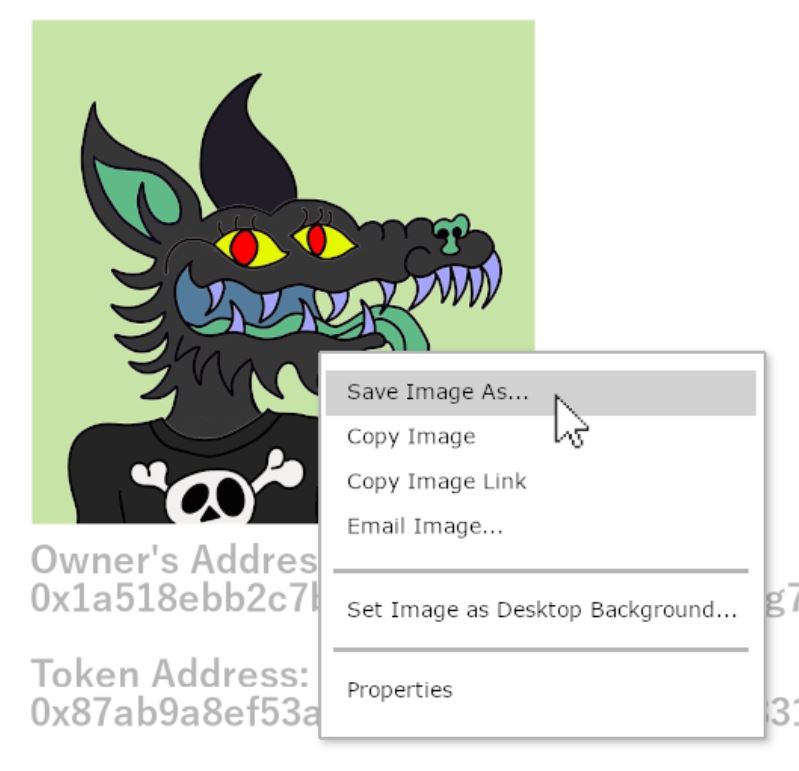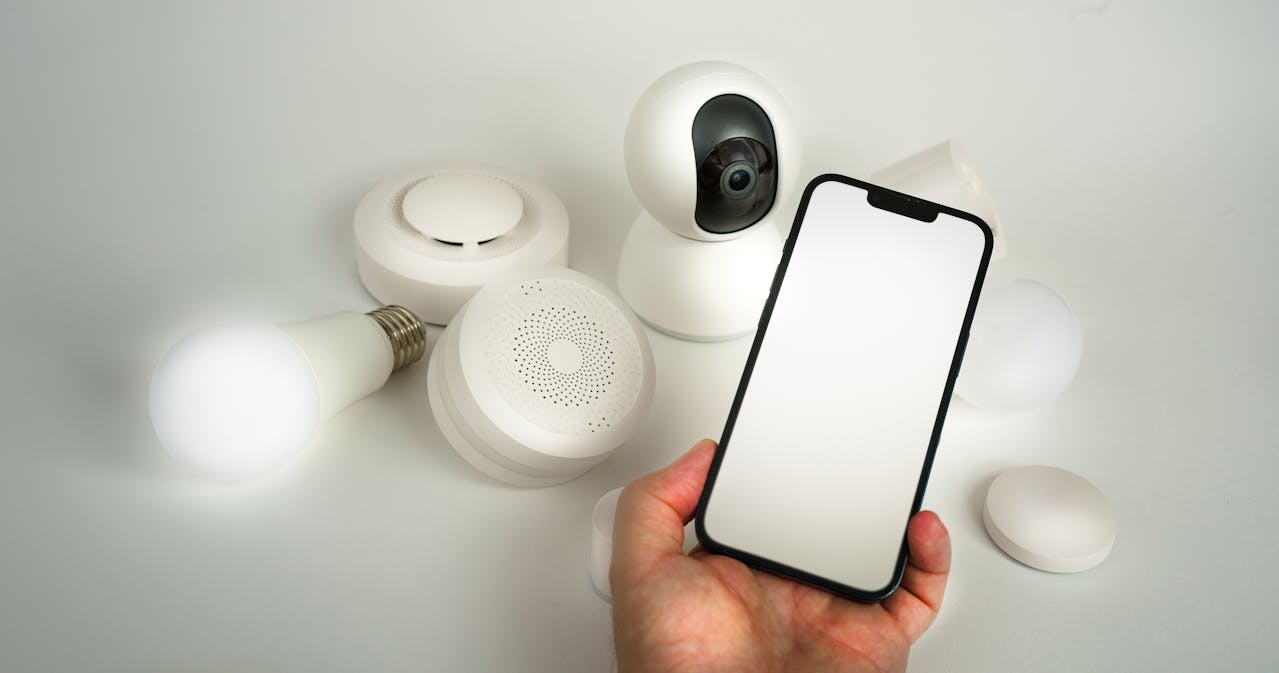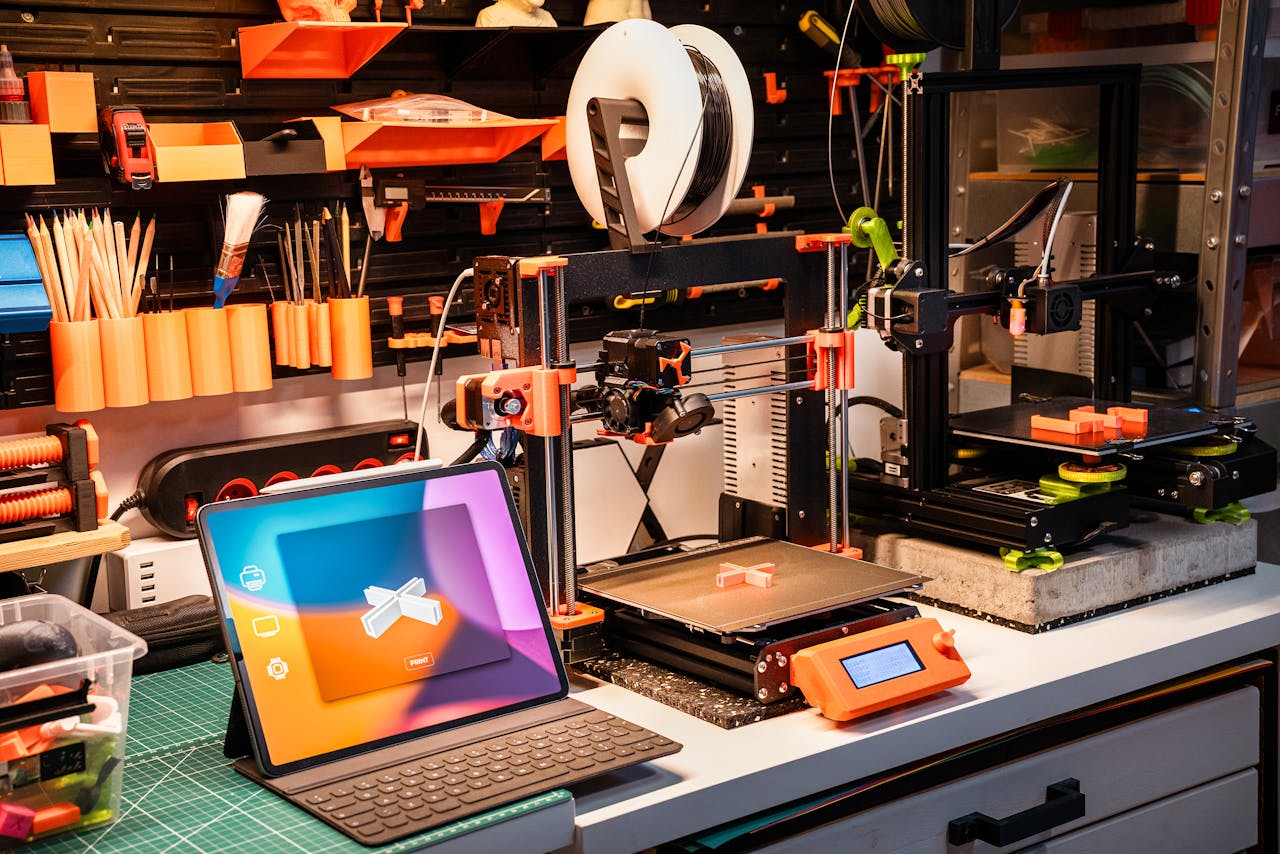Twenty years ago, most teens aimed for retail, food service, or classic internships. Today, new industries invite young builders to create online and scale fast. From flying cameras to artificial intelligence, entire career paths have appeared since 2005. Many start with a phone or laptop and grow into real companies. These fields reward curiosity, speed, and self-taught skill. Here are twelve fast-moving spaces teens are joining now that simply were not there two decades ago.
1. Mobile App Economy

The rise of app stores unlocked a full ecosystem for indie creators. Teens now build mobile tools, games, and niche utilities for global audiences. Low-cost frameworks and tutorials shorten the path from idea to launch. Revenue comes from subscriptions, ads, and in-app purchases. Teams form online and iterate on weekly releases. A single clever app can fund the next project, turning classrooms and bedrooms into tiny studios with real customers and measurable growth.
2. Influencer and UGC Studios

Brand storytelling moved to short videos and lo-fi authenticity. Teens produce user-generated content for companies that want real voices, not glossy ads. They film product how tos, day-in-the-life clips, and quick reviews that sell through trust. Payments arrive per video or per campaign, and repeat work builds a portfolio. Many creators turn into production shops, hiring editors and writers, then negotiating brand retainers based on proven engagement and conversions.
3. Esports and Game Streaming

Competitive gaming became a professional ladder with coaching, analysts, and event production. Teens stream live matches, build communities, and monetize through tips, sponsorships, and creator programs. They learn on camera presence, chat moderation, and highlight editing. Tournament organizers hire remote talent for brackets, casting, and social coverage. Beyond playing, careers include strategy guides, team management, and merch drops. The skill set blends sport discipline with media chops, and the audience shows up daily.
4. Drone Services

Consumer drones turned aerial work into a teen-friendly startup path. With flight training and insurance, young pilots offer real estate flyovers, roof inspections, farm mapping, and event footage. Add simple editing and you deliver ready to share clips for listings and reports. As skills grow, missions expand to large properties, solar arrays, and search support. Clear checklists, safe flying, and crisp footage win referrals. A backpack kit becomes a small, mobile studio in the sky.
5. AI Prompt and Content Operations

Artificial intelligence tools created new roles for people who can guide models and refine outputs. Teens now build custom prompts, assemble content pipelines, and clean data to improve results. Clients want faster research, drafts, images, and code. The work rewards clarity, testing, and version control. Strong operators document patterns, measure quality, and stack tools into repeatable workflows. What starts as clever prompting grows into full-service automation that saves teams time and money.
6. No Code Automation and Micro SaaS

Drag and drop builders let teens launch tiny software products without writing traditional code. They connect forms, databases, and payment tools to solve specific problems for local groups and small firms. Monthly subscriptions compound revenue while feedback guides upgrades. When demand rises, they layer in APIs and hire help. The craft mixes product sense with customer support and careful onboarding. Many micro tools stay lean and profitable while serving a narrow audience very well.
7. Live Commerce and Shoppable Video

Shopping merged with livestreams and short clips, turning hosts into trusted guides. Teens present products in real time, answer questions, and drive instant checkout links. Success comes from honest demos, quick replies, and regular show schedules. Brands pay commissions and flat fees for featured slots. Strong hosts track click-through rates, average order size, and audience retention. Over time, they launch their own lines, blending entertainment with retail in a format built for phones.
8. Blockchain Game Assets and Digital Collectibles

New games let players own skins, items, and land on public ledgers. Teens design digital assets, manage communities, and run drops with fair allow lists. The work blends art, game economy thinking, and clear communication about value and utility. Markets shift quickly, so builders focus on transparent updates and secure custody. The best projects deliver real fun first, then thoughtful rewards. Skills in wallet safety and smart launch plans keep reputations strong.
9. Virtual and Augmented Reality Creation

Headsets and phone-based filters opened a market for immersive scenes and try-on effects. Teens learn scene building, lighting, and simple interaction to craft experiences for festivals, classrooms, and retail demos. Brands want virtual tours and playful filters that boost share rates. Creators package assets, performance test, and ship across multiple devices. As tools improve, small teams deliver museum-quality moments from home studios, mixing art direction with technical skill.
10. Smart Home and IoT Setup

Homes now include connected locks, cameras, lights, and thermostats. Teens offer setup, network tuning, and simple automations that save energy and improve safety. Clear checklists, labeled hubs, and tidy wiring impress clients. Ongoing service plans include updates, backups, and seasonal scenes. Word of mouth spreads through neighborhoods quickly. This work teaches problem solving, privacy basics, and reliable communication. A helpful tech earns repeat visits and steady referrals from grateful homeowners.
11. 3D Printing and Rapid Prototyping

Desktop printers let teens turn sketches into real parts within hours. They design brackets, cosplay pieces, camera mounts, and custom gifts, then list them on online shops. Local makerspaces provide larger machines for tougher jobs. Profitable shops master material choice, sturdy geometry, and clean finishing. Clients return for small runs and quick revisions. The cycle builds design sense and practical manufacturing skill, creating a bridge from hobby prints to contract fabrication.
12. Crowdsourced Cybersecurity

Companies now invite ethical hackers to find weaknesses before criminals do. Teens learn safe testing, write clear reports, and earn payouts for verified issues. Strong contributors build reputation scores and join invite-only programs. The work requires patience, careful notes, and respect for rules. Many start with basic web flaws, then learn advanced testing and threat modeling. This path teaches discipline and responsibility while turning curiosity into a respected and paid craft.


